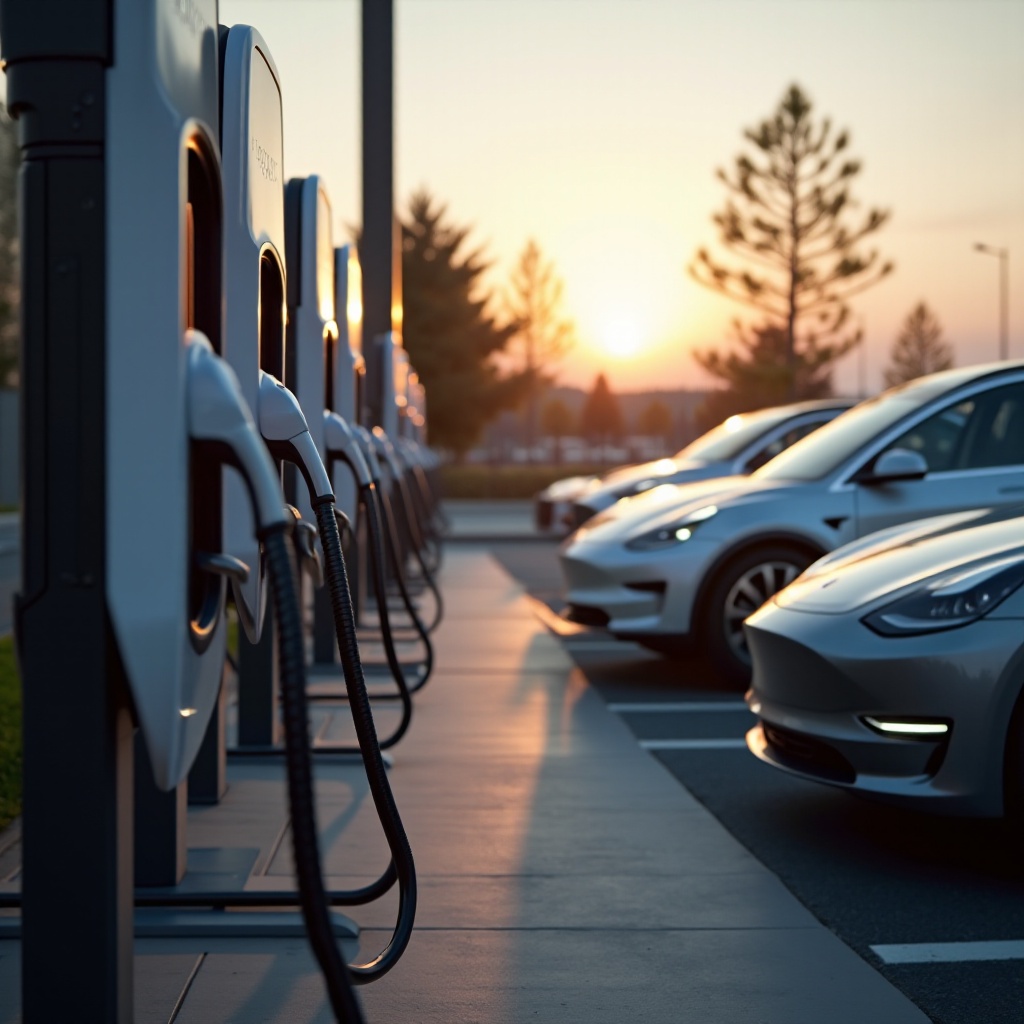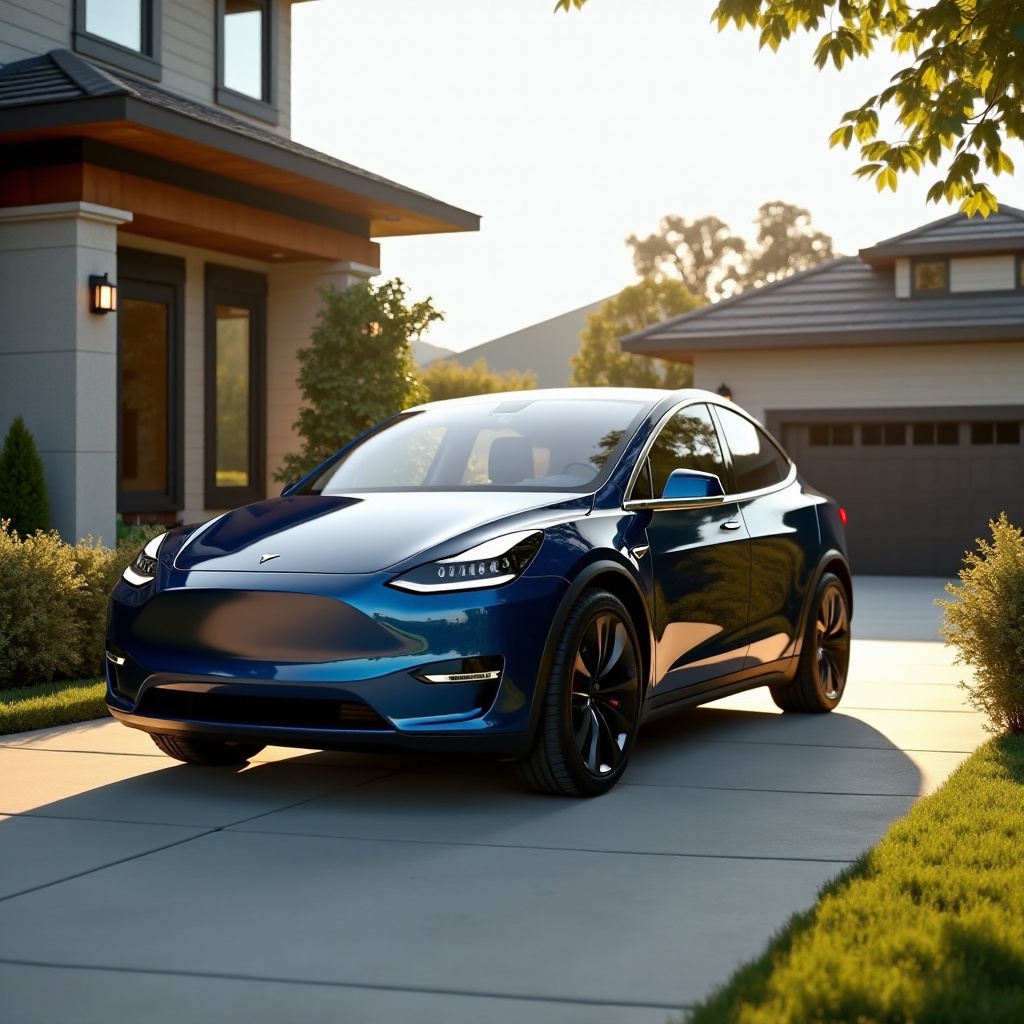Introduction
Electric vehicles (EVs) have revolutionized the automotive industry, primarily thanks to their eco-friendly nature and accelerating advancements in technology. However, one aspect that often perplexes EV owners and potential buyers is the cost associated with superchargers. These rapid charging stations offer the convenience of significantly reduced charging times compared to standard chargers, but they come at a high price. This blog will explore the reasons behind the steep costs of superchargers, examining everything from the technology involved to the operational and maintenance expenses.
Understanding what makes superchargers so expensive is crucial for those considering an EV purchase or anyone interested in the future of automotive technology. We will also delve into the economic and environmental impacts of these sophisticated charging systems to provide a comprehensive overview.

The Technology Behind Superchargers
Superchargers possess advanced technology, which is more intricate than the technology behind standard EV chargers. Firstly, superchargers are designed to deliver direct current (DC) directly to the vehicle’s battery at a high rate, bypassing the car’s internal on-board charger which typically converts alternating current (AC) to DC. This allows much faster charging times, often capable of adding upwards of 200 miles worth of charge in under an hour.
Secondly, innovation doesn’t come cheap. Developing the high-power electronics and robust software that manage charging efficiency, thermal management, and safety protocols involves significant R&D investment. Superchargers also feature sophisticated communication protocols that ensure compatibility with a vast range of EVs, further driving up their development cost.
By grasping the complexity of supercharger technology, it becomes clearer why these chargers are significantly more expensive than their slower counterparts.
Cost Factors of Superchargers
Several contributing factors explain the high costs of superchargers.
- Advanced Components: The use of advanced electronic components capable of handling high power and ensuring safety escalates the cost considerably.
- Research and Development: Significant investment in R&D to ensure efficiency, safety, and compatibility also adds to the cost.
- High-Power Requirements: Superchargers typically need substantial power to operate, often demanding specialized high-capacity transformers and power supply infrastructure.
- Software and Firmware: Continual software updates and the inclusion of smart grid technologies for optimized charging and load management are costly but necessary investments.
All these factors contribute to the considerable expense that often accompanies superchargers. These expenses are crucial for ensuring high performance, reliability, and overall user satisfaction.
Infrastructure and Installation Costs
Setting up supercharging stations involves more than installing a few charging points. The infrastructure required is extensive and involves a range of expenses from site preparation to utility upgrades.
-
Site Selection and Preparation: Identifying optimal locations for supercharging stations, ideally near high-traffic areas, involves geographic and demographic studies. Preparing these sites for installation includes excavations and groundwork, often in challenging urban settings.
-
Utility Upgrades: High-capacity charging stations require substantial energy supply, often necessitating grid upgrades and new utility connections to manage the load. This can involve negotiations with utility providers and significant compliance with regulatory requirements.
Moreover, integrating renewable energy sources such as solar panels to power these superchargers can also significantly affect the total installation cost. The emphasis on sustainable solutions, while environmentally beneficial, adds another layer of investment.
Operational and Maintenance Expenses
Beyond the initial setup, the ongoing operational and maintenance costs of superchargers are substantial.
- Regular Maintenance: High-power charging equipment is subject to wear and tear due to continuous heavy use. Routine maintenance is essential to ensure the reliability and safety of the supercharging stations.
- Software Updates: To optimize charging efficiency and to adapt to new vehicle models, continual software upgrades are necessary. This ensures the hardware remains up-to-date and compatible with evolving technologies.
- Energy Costs: Operating a supercharger network involves significant energy consumption. While some stations integrate renewable energy resources, many still rely on conventional power grids, resulting in substantial utility bills.
These expenses ensure that superchargers provide fast, reliable, and safe charging locations for EV owners, contributing to their high cost.

Economic and Environmental Impacts
Economically, the high cost of superchargers can be a hurdle. However, these costs could eventually drive prices down through economies of scale as demand and production of EVs increase. Superchargers play a pivotal role in encouraging EV adoption by alleviating range anxiety, addressing one of the common concerns among potential EV buyers.
Environmentally, superchargers contribute to reducing greenhouse gas emissions associated with gasoline and diesel vehicles. The adoption of renewable energy sources for these stations further diminishes their carbon footprint. As investments in renewable energy grow, the environmental impact of superchargers will become even more favorable.

Conclusion
The expense associated with superchargers is a culmination of advanced technology, infrastructure and installation efforts, and ongoing operational and maintenance costs. These elements are vital for ensuring the robust performance and widespread accessibility of fast EV charging networks.
As the EV market expands and technology advances, the costs of superchargers may decrease, making them more affordable. Understanding these cost dynamics is essential for stakeholders across the EV ecosystem—from manufacturers and policymakers to current and prospective EV owners.
By fostering a deeper comprehension of these elements, we can better appreciate the role of superchargers in the broader context of sustainable transportation and their contribution to reducing global carbon emissions.
Frequently Asked Questions
Why do superchargers cost more than standard chargers?
Superchargers cost more due to their advanced technology, high-power requirements, and significant investments in R&D, infrastructure, and ongoing maintenance.
Can technological advancements reduce the cost of superchargers in the future?
Yes, as technology advances and economies of scale are realized, the cost of superchargers is expected to decrease, making them more affordable.
How do government policies affect supercharger costs?
Government policies, including incentives, grants, and funding for renewable energy projects, can significantly influence the cost dynamics of superchargers by reducing initial investments and promoting sustainable practices.


